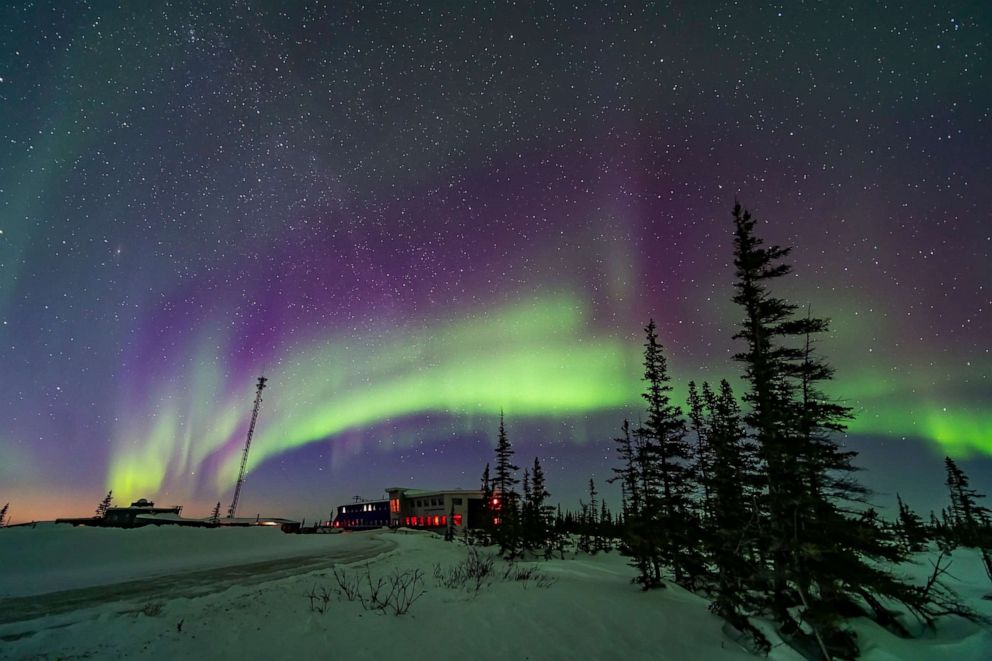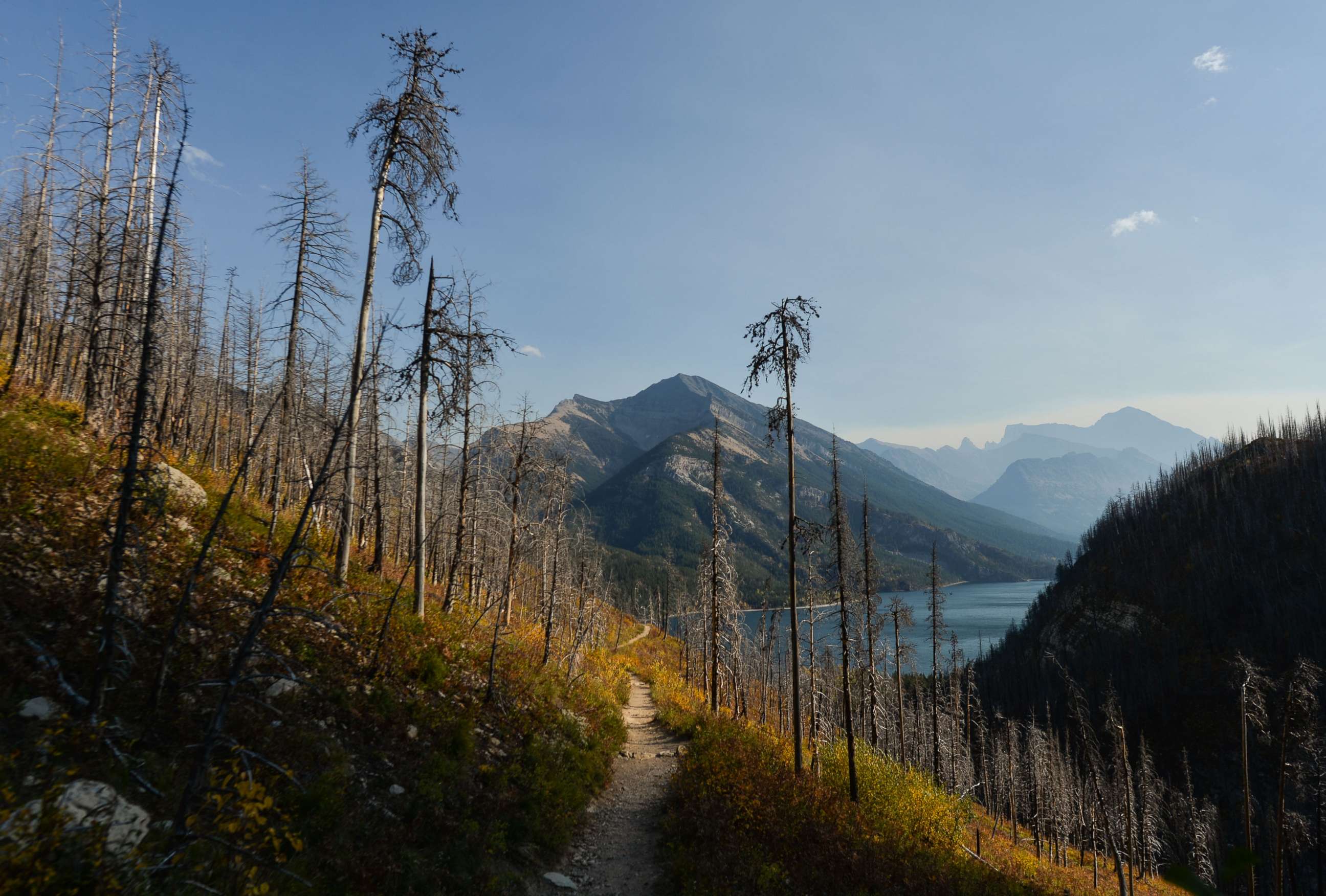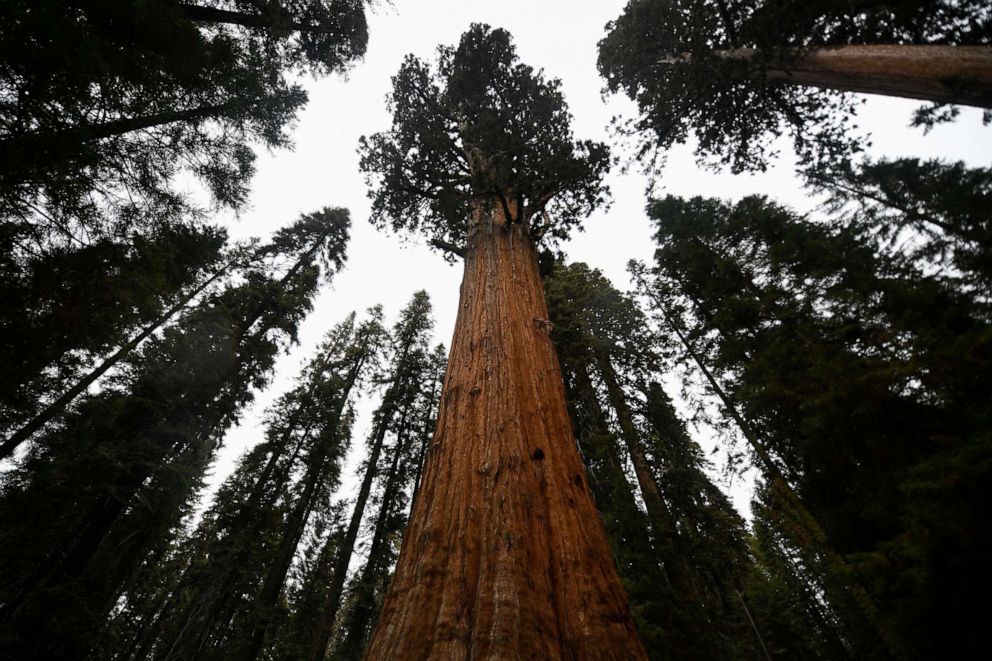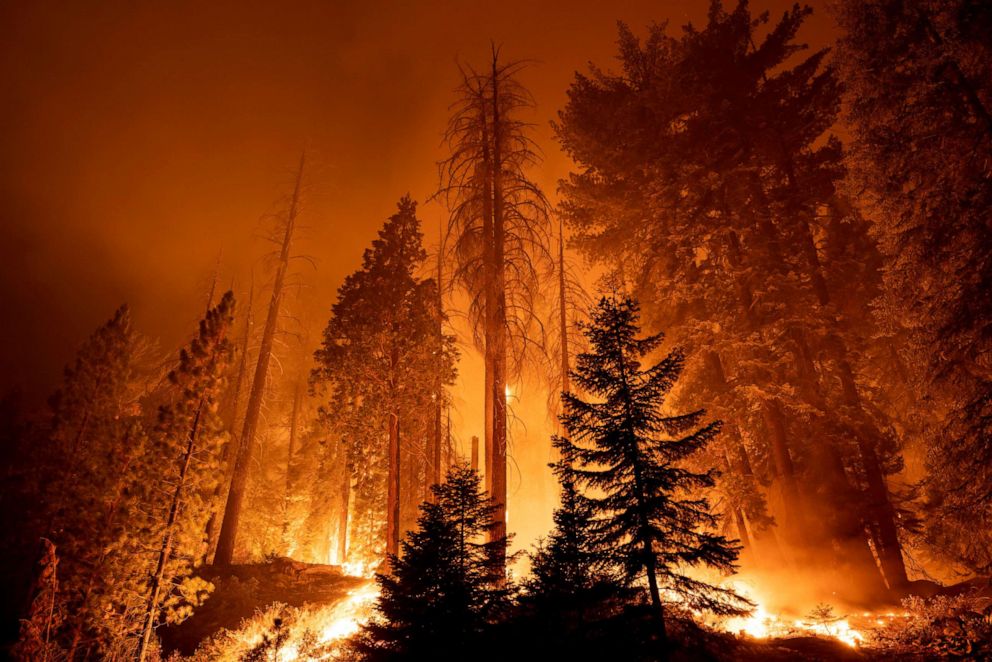How fire management can be cost-effective way to limit emissions
The average cost of avoiding 1 metric ton of carbon dioxide emissions is $12.63.
Scientists are discovering how fire management practices can not only prevent explosive megafires but also help curb climate change.
Efficient fire management in North American forests may offer a cost-effective way to limit carbon emissions, according to a study published Wednesday in Science Advances.
Wildfires within North American boreal forests alone have been found to contribute about 3% of global carbon dioxide emissions within the climate budget designed to limit warming below 1.5 degrees Celsius, the conservative model outlined within the Paris Agreement. That number presents "an enormous threat to climate change mitigation goals," the authors wrote.
Even more alarming is that forest fires around the world accounted for up to 15% of global greenhouse gas emissions in 2019 and 2020, according to a study published in the science journal Frontiers in February.

Current fire management practices in Alaska have been found to already reduce fire size -- and therefore carbon emissions -- even though mitigating climate change is not the main objective, the study noted. Fire officials have been prioritizing the protection of human lives and infrastructure when planning effective fire management.
But with current trends projecting the worsening of wildfires due to climate change and drought, the authors concluded that fire management may be a cost-effective way to reduce greenhouse gas emissions that result from wildfires.
Scientists at the Union of Concerned Scientists, Woodwell Climate Research Center, Tufts University, Harvard University, the University of California, Los Angeles and Hamilton College estimated the magnitude of carbon loss from boreal wildfires by 2050 and found that burned area is expected to increase by 169% in Alaskan boreal forests and by 150% in Canadian boreal forests from 2020 to 2050.
"Boreal forests are very carbon dense. They store a lot of carbon," Carly Phillips. a fellow with the Western states climate team at the Union of Concerned Scientists and author of the study, told ABC News. "And so they as they burn are actually releasing more carbon to the atmosphere than let's say, in a ground fire."

If fire suppression remains unchanged, wildfires in boreal North America are projected to release up to 11.93 gigatons of carbon dioxide by mid-century -- roughly equivalent to the annual emissions from 2.6 billion cars, Phillips said.
The authors also found that the average cost of avoiding 1 metric ton of carbon dioxide emissions was $12.63 -- comparable to or lower than other mitigation strategies -- and that increasing fire management spending by just 1% could reduce fire size by about 0.21%.
"We found that fire management can be an effective way to return to that historical fire regime and keep that carbon in the ground," Phillips said. "Relative to other emission reduction strategies, it's actually cost-effective."
Further south, researchers in California found that prescribed burns increase the abundance of fungi and bacteria that allow redwood tanoak forests to survive in the face of megafires.

Controlled burns had lost favor in the region for several decades due to the success of the Smokey the Bear fire prevention campaign, according to experts, and climate change is causing rising temperatures and earlier snow melt, extending the dry season when forests are most vulnerable to burning.
"It's not likely plants can recover from megafires without beneficial fungi that supply roots with nutrients, or bacteria that transform extra carbon and nitrogen in post-fire soil," said Sydney Glassman, mycologist at the University of California, Riverside and author of the study, published in February in Molecular Ecology. "Understanding the microbes is key to any restoration effort."
In January, the Biden administration announced a $50 billion plan to help stave off megafires in the West, with projects such as controlled fires and logging to reduce trees and other vegetation that serves as fuel in areas that have become hot spots due to a decadeslong megadrought.

The world is "asking a lot of our forests right now in terms of sequestering carbon" and needs to do more to drastically limit emissions before it is too late, Phillips said.
"We are experiencing climate change right now," she said. "It's not a problem of the future. It's a problem of our moment."




